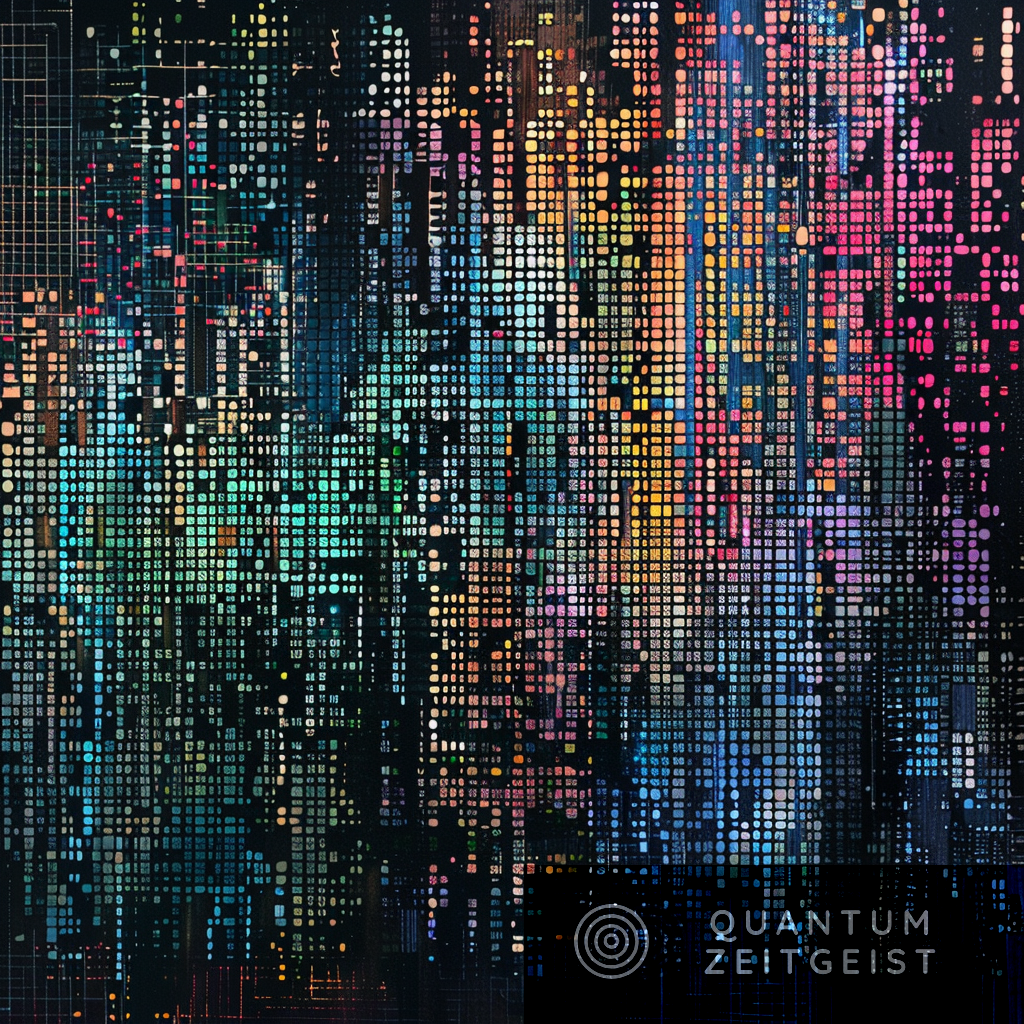Researchers from the University of Tokyo, NTT Device Technology Labs, and the Advanced ICT Research Institute have developed a scalable and programmable optical quantum computing platform. The platform can perform an essential Gaussian gate on a non-Gaussian input state, a significant step towards achieving universality in quantum computing.
The platform’s key components are a scalable, programmable, loop-based processor and a time-domain-multiplexed light source unit. This development could lead to quantum computers capable of performing any computation that can be done on a classical computer but with the added benefits of quantum computing, such as increased speed and the ability to solve complex problems.
What is Quantum Computing, and Why is it Important?
Quantum computing is a rapidly evolving field that leverages the principles of quantum mechanics to process information. Unlike classical computers that use bits (0s and 1s) to process information, quantum computers use quantum bits, or qubits, which can exist in multiple states simultaneously. This allows quantum computers to process vast amounts of data simultaneously, potentially solving complex problems currently beyond classical computers’ reach.
One of the most promising platforms for quantum computing is the optical system, which uses light particles, or photons, to carry information. The optical continuous-variable computation scheme, which utilizes the quadrature amplitude of the light field for quantum computing, has been attracting much interest for its strength in scalability. This scheme offers deterministic quantum gates, with its practical advantage lying in the unconditionally prepared ancillary squeezed vacuum and the highly efficient homodyne measurement.
However, these scalable platforms are currently limited to performing calculations within the Gaussian realm, which a classical computer can efficiently simulate. This limitation implies a lack of the ability to perform universal quantum computation. The missing piece for achieving universality is a non-Gaussian quantum state.
What is the New Development in Quantum Computing?
A team of researchers from the Department of Applied Physics at The University of Tokyo, NTT Device Technology Labs, and the Advanced ICT Research Institute at the National Institute of Information and Communications Technology in Japan have developed a scalable and programmable optical quantum computing platform that can sequentially perform an essential Gaussian gate, the squeezing gate, on a non-Gaussian input state.
The key enablers are a loop-based optical circuit with dynamical and programmable controllability and its time-synchronization with the probabilistic non-Gaussian state generation. The researchers were able to verify the deterministic, programmable, and repeatable quantum gates on a typical non-Gaussian state by implementing up to three-step gates. The gates implemented are so high-quality that strong evidence of the states’ non-classicalities, negativities of the Wigner functions, are preserved even after multi-step gates.
How Does This New Development Work?
The new quantum computing platform works by incorporating two major components. One is a scalable and programmable loop-based processor. The other is a time-domain-multiplexed light source unit that prepares a train of optical pulses consisting of the non-Gaussian input state and the ancillary states for the gate, which is sent to the processor. Time-synchronizing these two components with the probabilistic non-Gaussian state generation enables performing the gate known as the measurement-induced squeezing on that state.
The researchers were able to verify the deterministic, programmable, and repeatable squeezing gates by implementing various single or multi-step gates. In addition, the high qualities of the gates are supported by the remaining negativities of the Wigner functions, which are widely recognized criteria for the non-classicalities of the quantum states, even after two-step gates without any loss correction.
What are the Implications of This Development?
This development is a significant step towards achieving scalability and universality in quantum computing. The platform provides arbitrarily many steps of squeezing gates with a single setup, and the gates are electrically programmable step by step. This suggests a versatile testbed for quantum computing with a non-Gaussian input as a near-term application of the platform.
Moreover, since a non-Gaussian gate, which completes the universal gate set, can be realized through a similar measurement-based gate protocol with an alternative non-Gaussian ancilla, this work will lead to fully universal quantum computing. This means that the platform could potentially be used to perform any computation that can be done on a classical computer, but with the added benefits of quantum computing, such as increased speed and the ability to solve complex problems.
What is the Future of Quantum Computing?
The future of quantum computing looks promising, with advancements like this one paving the way for more powerful and versatile quantum computers. As researchers continue to overcome technical challenges and develop scalable platforms compatible with non-Gaussian states, we can expect to see quantum computers capable of performing universal quantum computation.
This will not only revolutionize the field of computing but also have far-reaching implications for other fields such as cryptography, material science, and drug discovery. As we move towards a future where quantum computers become more commonplace, it will be interesting to see how these powerful machines will shape our world.
Publication details: “Scalable and programmable quantum computing platform for optical
non-Gaussian input states”
Publication Date: 2024-03-17
Authors: Takato Yoshida, Daichi Okuno, Takahiro Kashiwazaki, Takeshi Umeki, et al.
Source: arXiv (Cornell University)
DOI: https://doi.org/10.48550/arxiv.2403.11404

